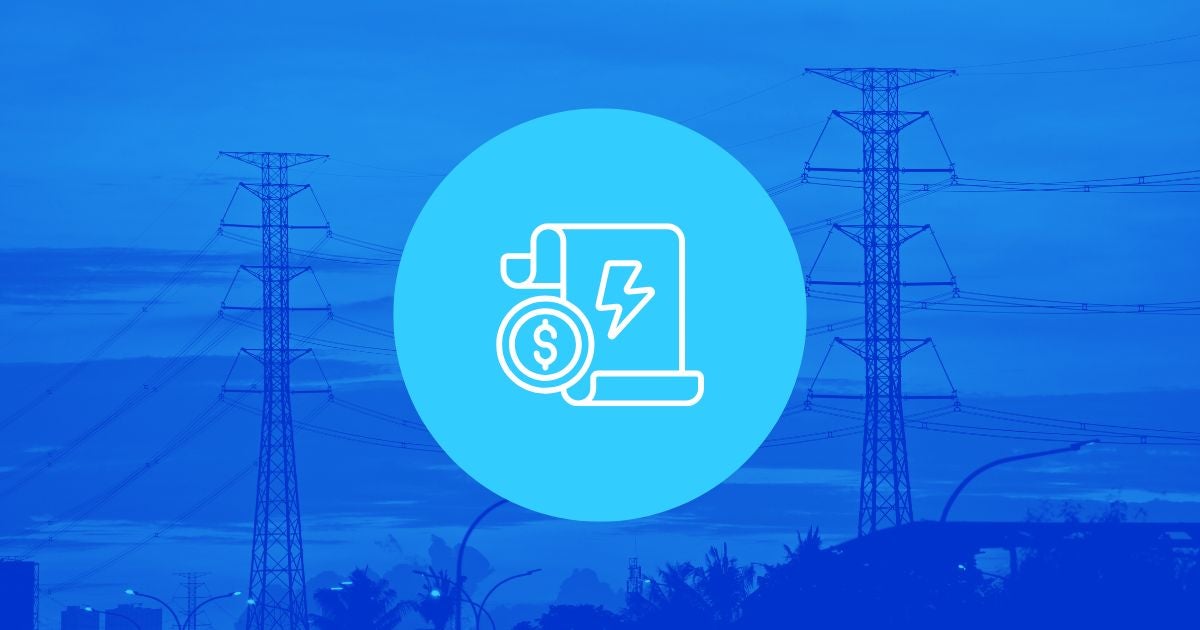Video: The Facts of Cap and Trade, From an Economist
EDF is known for unconventional tactics. We often experiment with new ideas to find the ways that work. However, this time I had a chance to do something truly off-the-wall.
I was asked to make a video with the coalition Clean Energy Works that explains cap and trade in a way that non-economists could understand, i.e., in English. (And with clever animation.)
What were they thinking?
Maybe the idea was just crazy enough to work. Here are a couple of reactions so far:
- The Sightline Daily calls it “thoughtful and friendly”
- Treehugger said it’s a “brief but relatively thorough explanation”
Check it out, let us know what you think, and spread the word.













3 Comments
Facts? What makes them facts? (Genuinely interested in why you chose that term) They sound more like propositions or hypotheses, especially towards the end.
On ‘Fact #3’, I would argue that, far from being ‘proven’, no jurisdiction has successfully implemented carbon emissions trading: UK ETS, NSW GGAS, BP, Phase I and to an extent Phase II of EU ETS all resulted in very very modest, if any, emissions reductions and almost certainly did not spark any ‘innovation’, unless you count the innovative ways to audit emissions.
And the gains from Title IV of the CAAA were mostly due to exogenous factors to the cap and trade scheme like rail deregulation.
This isn’t to say that cap and trade isn’t the most politically feasible scheme for the USA, but I think you do yourselves a huge disservice by failing to even acknowledge problems with additionality in project-based mechanisms in particular.
Thanks for the thoughtful comments. Here is a detailed reply. As a first step, let me recommend checking out the bibliography we posted online with the video (see http://www.carboncapfacts.org). That’s not a stunt — it is a real bibliography that we took time to put together, to ensure that we could back up every assertion we make in the video. Indeed, we call these “facts” because they are well-founded claims based on evidence, although as we acknowledge in the bibliography that at least one of the “facts” (on international action) is a judgment call.
On Fact #3, Denny Ellerman and colleagues have shown quite convincingly that the EU ETS has in fact had a measurable effect on emissions relative to the counterfactual. (See the paper cited in the online bibliography.)
As for evidence of innovation under cap-and-trade programs, a FEEM Working Paper by Glachant, Dechezlepretre and others (also in the bibliography) has also demonstrated greater innovation (as measured by clean-technology patents) in the countries that signed the Kyoto Protocol. In addition, there is also a considerable theoretical literature in economics on innovation under market-based policies relative to traditional “command and control” policies.
As for the performance of the U.S. Acid Rain Program, it is clearly wrong to claim that the gains from Title IV were mostly due to exogenous factors. I happen to be one of several people who have published empirical work on this particular topic. From an economic point of view, the cap and trade program resulted in significant cost savings relative to a counterfactual command-and-control program. The best overview of the economic performance of the CAAA is Ellerman et al., Markets for Clean Air (Cambridge UP, 2000); other references include a paper by Carlson et al (JPE 2000), and by me in a volume edited by Jody Freeman and Charlie Kolstad titled Moving to Markets in Environmental Regulation (Oxford UP, 2006). The environmental performance of the Acid Rain Program, meanwhile, is well documented in the NAPAP report listed in the online bibliography.
On the particular issue of the railroads, Meghan Busse and I showed that contrary to the conventional wisdom, the changes in rail rates after the start of Phase I of the Title IV program can be attributed largely to the railroads’ oligopolistic response to the demand for low-sulfur coal created by the new program. See Busse and Keohane, “Market Effects of Environmental Regulation: Coal, Railroads, and the 1990 Clean Air Act,” Rand J Econ 38 (Winter 2007).
Finally, we never say anything about project-based offsets in the developing world, and for good reason: we too are concerned about additionality, as well as by the incentive structures created by project-based offsets for uncapped countries. That’s why in the video we specifically discuss emissions reductions in tropical rainforests, or REDD. REDD programs, which EDF has championed, represent a step away from project-based offsets like the CDM, because emissions reductions would be credited against a national or subnational baseline. We do support offsets for emissions reductions and sequestration from U.S. agriculture and forestry, because we think that it will be much easier to base a domestic program on sound science and to ensure that credits are only awarded for real and additional emissions reductions.
Cap and trade is not a global solution and nothing less will do.
The world will never be able to agree how to share the pain of cutting emissions or the revenue from cap and trade or carbon taxes. Carbon dioxide spreads globally and needs a global arrangement to sort it. Acid rain was much easier because the problem was local to the emission, so each country could adopt its own solution. Our leaders need to consider alternatives with an open mind instead of going round the same unproductive loop over and over again. I have a simple, effective and potentially popular solution.
In a recent Times Online live debate see
http://timesonline.typepad.com/science/2009/12/live-debate-after-copenhagen-where-to-now-for-the-climate-debate.html
85% voted that “Fossil fuel companies should be obliged to sequester an increasing fraction of the carbon content of the products they sell to avoid dangerous climate change”. For details on why this proposal would be easier for all countries to agree to than cap and trade or carbon tax, how it would drive energy saving, renewables and nuclear, how it would be implemented and how it would stop global warming see my blog at http://jemsavestheplanet.blogspot.com/